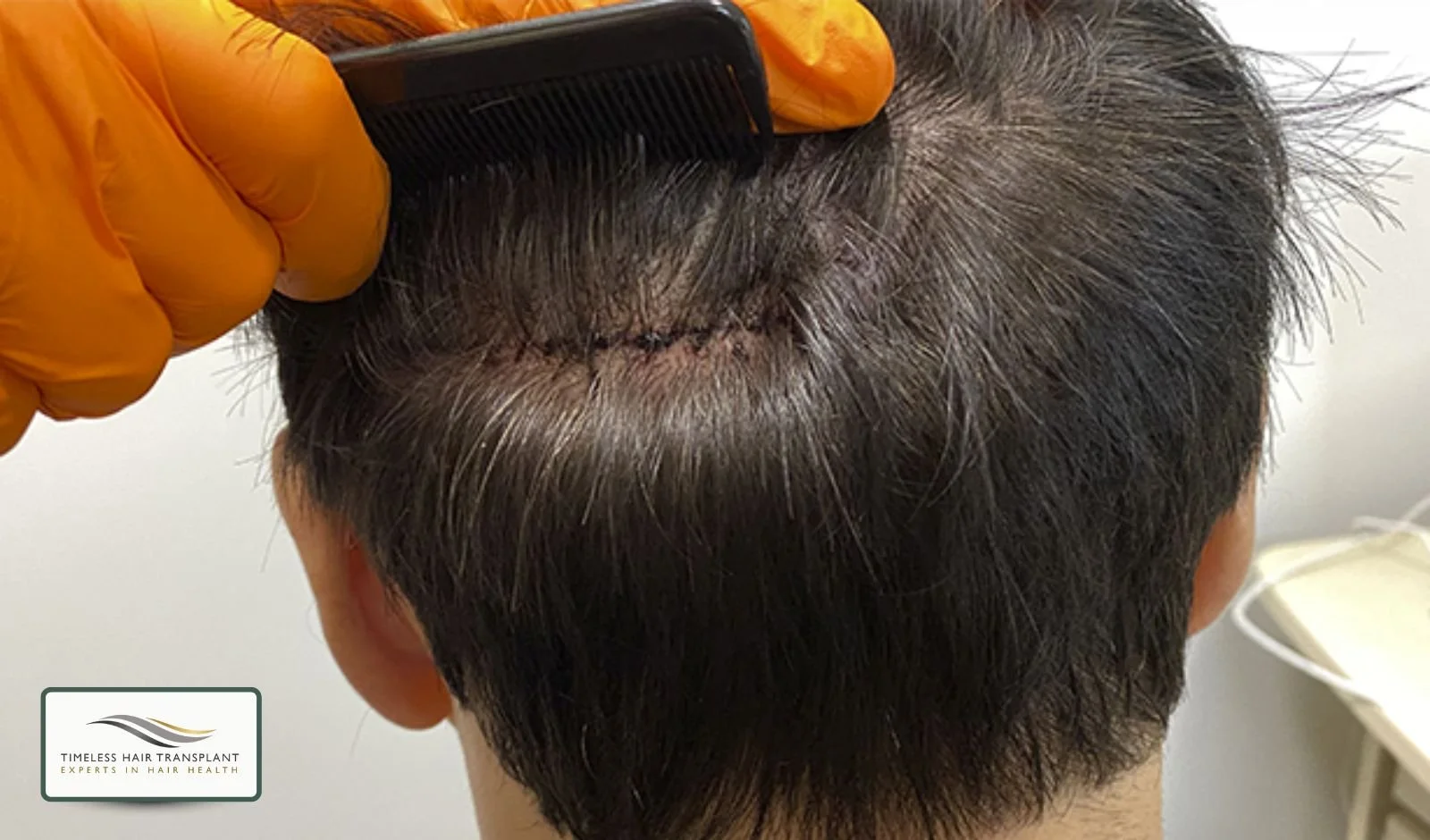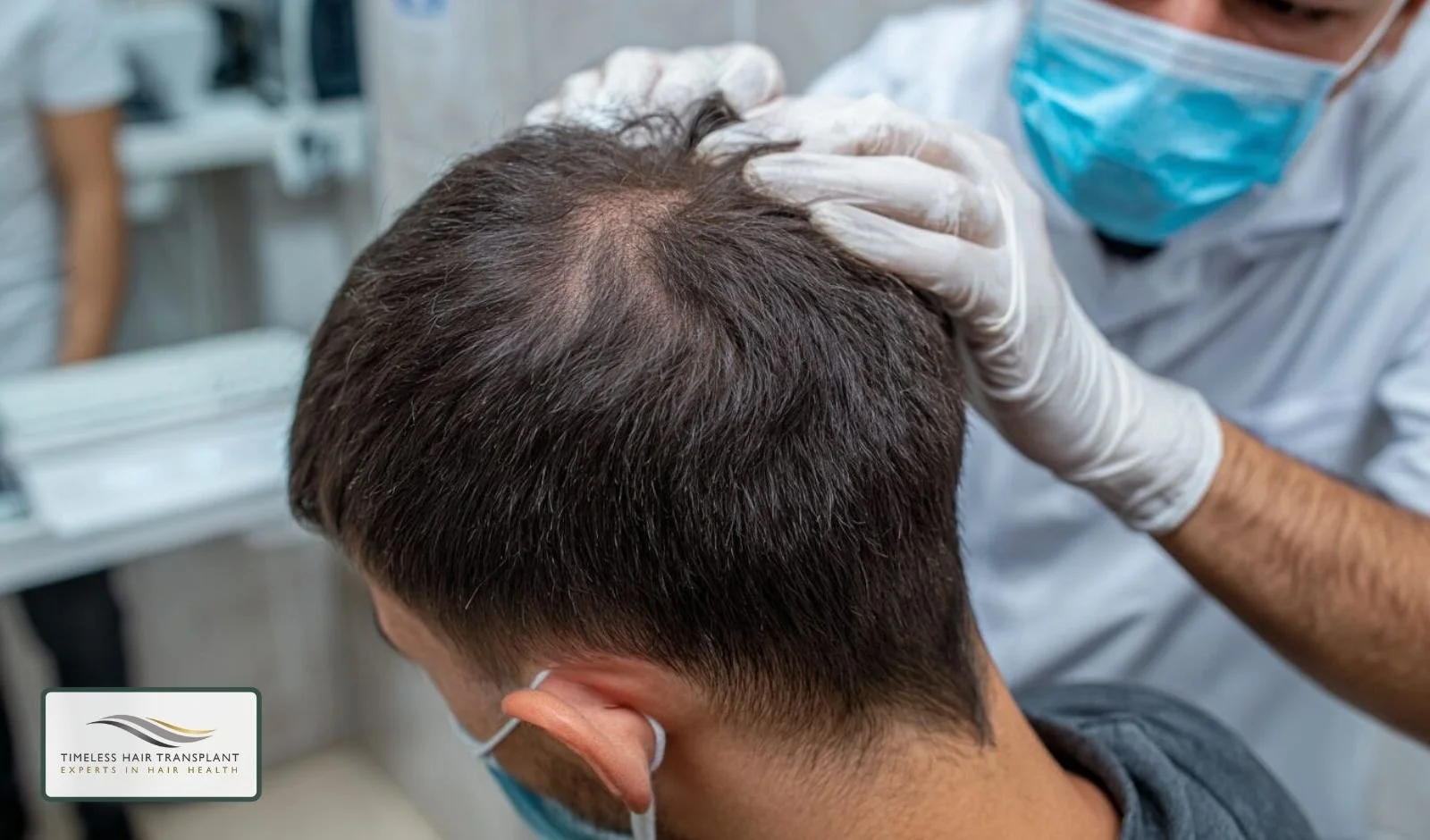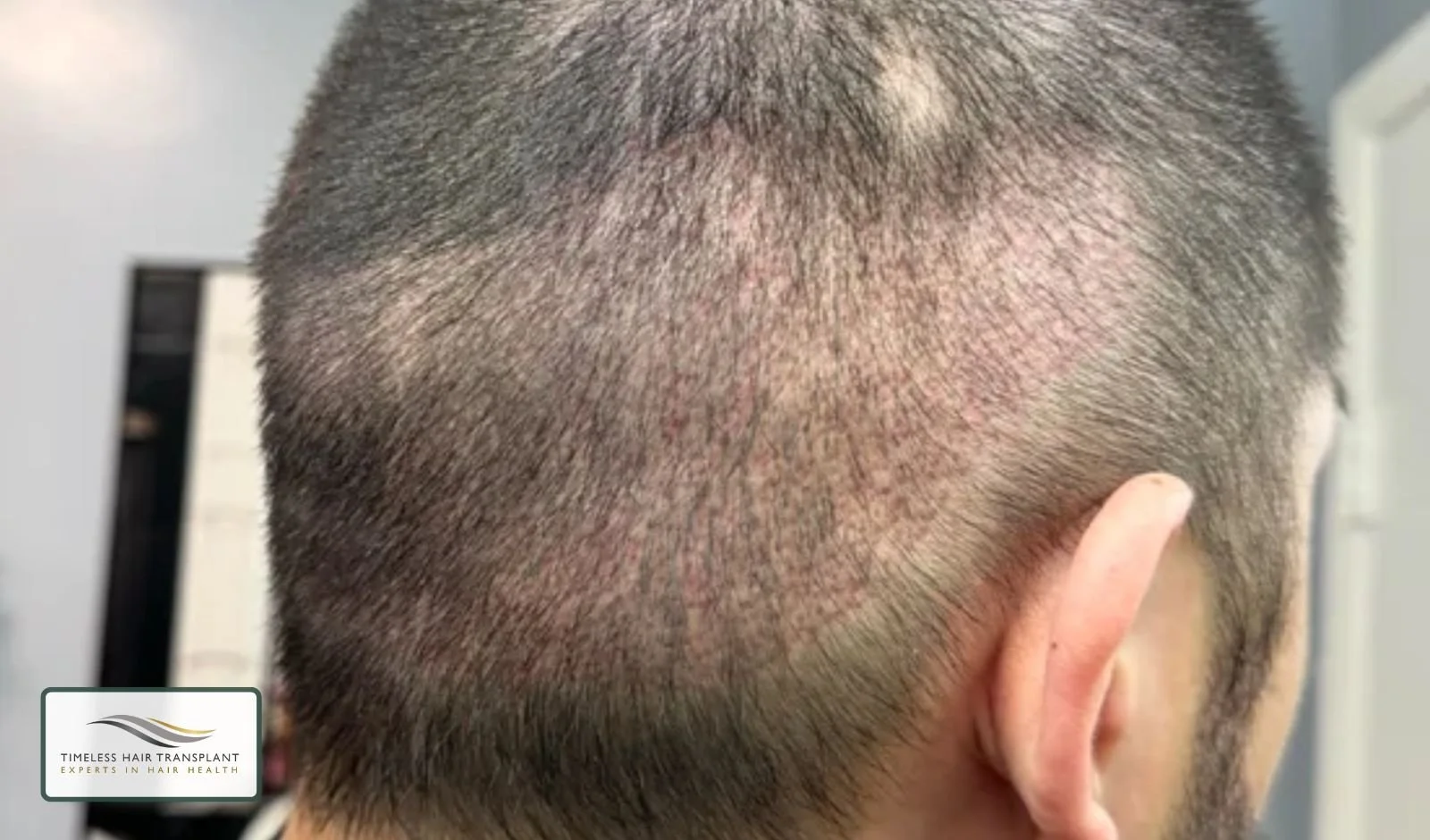How Does a FUT Hair Transplant Work? Does It Really Work?
Hair loss is a common concern for both men and women. Whether it’s a receding hairline, thinning crown, or more advanced baldness, many people turn to modern hair restoration options for a lasting solution. One of the most established hair transplant techniques is FUT hair transplants.
If you’ve been wondering how a FUT hair transplant works or does FUT hair transplant work, this guide will walk you through the FUT procedure, explain how it’s done, and what results you can expect.
What Is a FUT Hair Transplant?
FUT stands for Follicular Unit Transplantation, also known as the strip method. It’s a type of hair transplant procedure where a surgeon removes a thin strip of skin from the donor area, usually the back or sides of the scalp, where the hair is genetically resistant to baldness.
This strip is then carefully dissected under a microscope into individual follicular units. Each unit contains individual hair follicles, typically 1-4 individual hairs. These units, often called hair grafts, are transplanted into thinning or balding areas of the scalp (also called the recipient area) to restore density and create a natural-looking hairline.
The key advantage of FUT hair transplants is that they can provide a large number of grafts in one single session, making them ideal for people with extensive hair loss.
How Does a FUT Hair Transplant Work? Step-by-Step
While the exact process may vary slightly depending on the clinic, here’s how a typical FUT procedure is performed:
1. Consultation and Planning
Your surgeon will examine your donor site to ensure there is enough healthy donor hair for the procedure. They’ll also discuss your goals, design a hairline, and estimate your hair transplant costs based on the number of grafts you’ll need.
2. Preparation
On the day of surgery, the donor area is trimmed and numbed with local anaesthesia.
3. Removing the Strip of Skin
A narrow strip of skin containing healthy hair follicles is surgically removed from the donor site.
4. Dissecting Follicular Units
Under a microscope, the strip is carefully divided into individual follicular units to protect the delicate individual hair follicles and maximise survival.
5. Preparing the Recipient Area
Tiny incisions are made in the recipient area at precise angles to match the direction and pattern of your natural hair growth.
6. Transplanting the Hair Grafts
The transplanted hair is placed into the incisions, blending seamlessly with surrounding hair for a natural appearance.
7. Closing the Donor Area
The donor site is closed with stitches or staples, and the surrounding hair usually conceals the scar.
Does FUT Hair Transplant Work?
Yes, FUT hair transplants are a proven and effective form of hair restoration surgery. When done by skilled professionals, the survival rate of transplanted hair is very high, and the results are typically permanent.
The reason they last is that donor hair from the back and sides of the scalp is resistant to the hormone DHT, which causes male pattern baldness. Once moved to the recipient area, this hair keeps its genetic resistance and continues to grow naturally.
Benefits of FUT Hair Transplants
High number of grafts in one session - The strip method can harvest thousands of grafts in a single session, making it ideal for large-scale restoration.
Cost-effective - Often less expensive per graft compared to Follicular Unit Extraction FUE.
Excellent survival rate - Hair grafts are handled with precision to encourage healthy hair growth.
Suitable for extensive hair loss - Can restore large areas of the scalp efficiently.
Possible Drawbacks
While FUT hair transplants are highly effective for restoring hair, it’s important to be aware of the potential downsides so you can make an informed decision.
Linear scar - The donor site will have a fine scar, which may be visible with very short hairstyles.
Longer recovery in the donor area - Compared to FUE procedures, healing can take slightly longer.
Less hairstyle flexibility - Those wanting ultra-short haircuts may prefer FUE hair transplant.
While these considerations are worth noting, many patients still choose FUT because it allows for a higher number of hair grafts in a single session, often making it the most efficient choice for extensive hair loss.
FUT vs. FUE - Which Should You Choose?
Both Follicular Unit Transplantation FUT and Follicular Unit Extraction FUE are highly effective hair transplant techniques, but they suit different needs:
FUT - Best for maximum graft numbers in one go, cost efficiency, and large-scale restoration.
FUE - Ideal for patients who want minimal scarring and more flexibility with short hairstyles.
Your choice depends on your hair loss pattern, donor hair availability, and personal preferences.
Recovery and Results
After a FUT procedure, most patients return to normal activities within a week. Stitches are removed after 10-14 days.
It’s normal for transplanted hair to shed in the first few weeks; this is part of the natural cycle. New hair growth typically begins after 3-4 months, with full results appearing at 12-18 months.
Why Choose Timeless Hair Transplant?
At Timeless Hair Transplant in London, we specialise in both FUT and FUE techniques, combining precision, modern tools, and years of expertise to deliver natural, lasting results. Every treatment plan is tailored to your hair type, goals, and lifestyle, whether you’re restoring thinning areas, redefining your hairline, or aiming for fuller coverage.
Our focus goes beyond restoring hair, we help restore your confidence with results that blend seamlessly and stand the test of time.
Call +44 (0) 7516294471 today to book your free consultation with Timeless Hair Transplant, where your timeless look, confidence, and new chapter begin.




